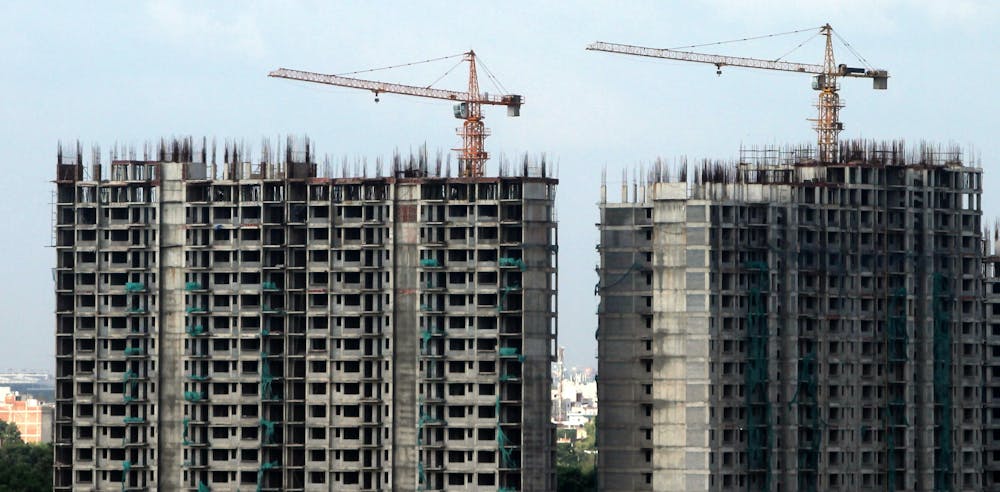Related Articles
What’s the cost of raising a thoroughbred dog?
While costs might vary according to different parameters, the cost of raising a thoroughbred dog is approximately Rs. 19,000 to Rs. 20,000 a month.
29 Jul 22
What is the class and caste census of Gurgaon?
According to the 2011 Census of India, Gurgaon district’s total population is 1,514,432 out of which 197,937 are from Schedule Castes and 0 are from Scheduled tribes. While 68.8% of the population lives in urban areas, 31.2% of them live in rural areas.
29 Jul 22
What are the most popular dog breeds in India?
Labradors, Pugs, German Shepherds, Indies, Indie Spitzes and Daschunds are some of the most popular dog breeds in India.
29 Jul 22

